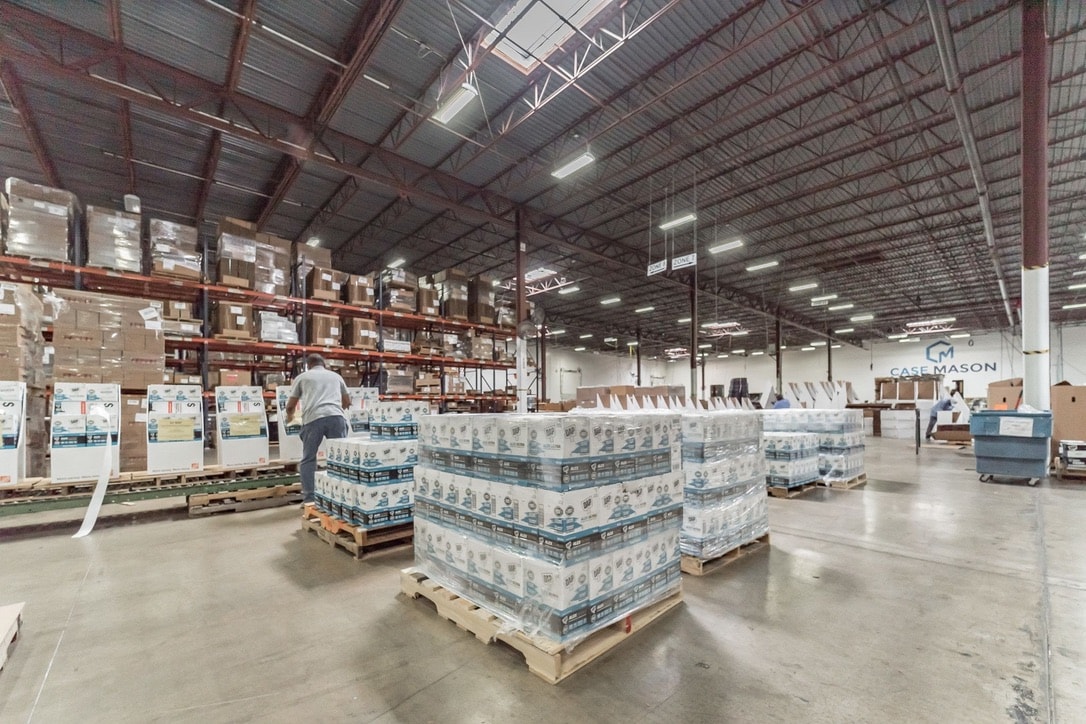Client:
International Manufacturer of caulks, sealants, foam, adhesives, and patch & repair products
Situation/Challenge:
The client made a strategic decision that they wanted to outsource the assembly of their Lowe’s and Home Depot POP displays. In addition to the display assembly process being labor intensive, the programs eat up a lot of rack positions for raw corrugate and floor space for both production and shipment staging. Being an existing contractor for the client and also having a facility within miles of the client’s Baltimore distribution center (DC) and their Baltimore production facility, it was a natural fit to trial the Lowe’s and Home Depot POP display programs with Case Mason.
Response:
POP display assembly is one of Case Mason’s core capabilities, so the confidence level was high in terms of being able to manage the Lowe’s and Home Depot programs. Case Mason already had an existing display assembly production line in their plant and many employees with years of experience managing similar programs. The transition from the client’s local facilities to Case Mason was just about seamless due to proximity, the existing relationship between the two companies, and Case Mason’s experience in this particular sector of the manufacturing business.
Outcome:
The initial months of the trial went smoothly and the decision was made to transition the full volumes of the Lowe’s and Home Depot programs to Case Mason at that point. Case Mason was set up to ship directly to the retailers’ DCs, which was a significant step to relieve some space and labor pressure at the client’s DC. Within another year, the two companies embarked on an EDI integration that would allow their systems to exchange information electronically and cut out much of the work that had been done manually up until then.
Anyone who has gone through one of these systems integrations knows that the process can be very complicated and painstaking at times, and this integration was no different. That is the unfortunate reality of trying to merge two separate systems to streamline everyday tasks that would otherwise require a person to manually complete. Both companies went into it knowing that there would be speedbumps along the way, but that the upfront work would pay dividends in the long run.
Fast forward about 9 months; the integration appeared to be successful and was ready to go live. All of the hours that went into the integration were well worth it. Both companies were now exchanging information electronically and countless hours of manual work were completely eliminated. Orders and material movements were flowing through the systems. Inventory counts were at the client’s fingertips. Shipping documents and invoicing triggers were synchronized. Everything had worked out as planned and both the client and Case Mason could truly call it a success.
